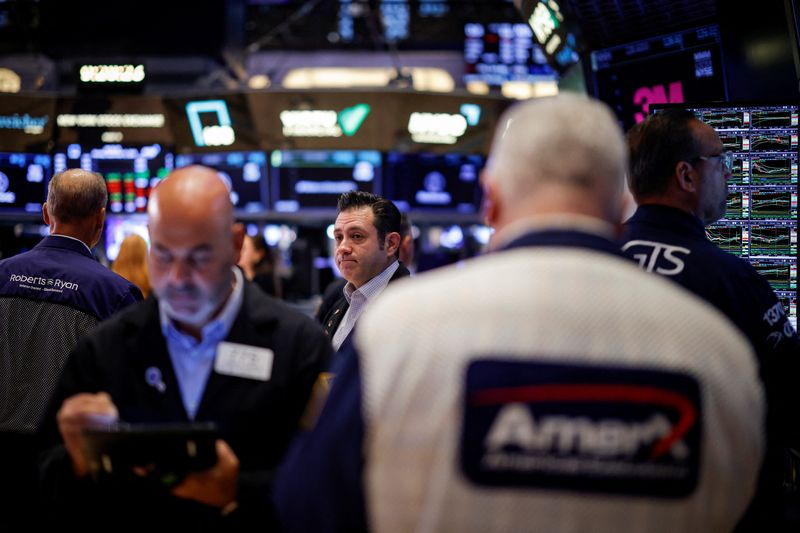Investing.com -- The momentum factor weakened in December, but more downside can be expected in the first quarter, according to a Jefferies strategist.
In a Wednesday note, strategist Steven G. DeSanctis provided insights into the performance of various quantitative factors during the market downturn of December and their overall performance in 2024.
The firm noted that while quantitative factors had a mediocre end to 2024, with slightly more factors working than not, over 70% of the factors tracked posted a positive spread throughout the year, contributing to the strong performance of Quant managers against their Non-Quant peers and the indexes.
Despite the overall positive trend, momentum factors, particularly Price Momentum, experienced a slowdown in December. The first quintile to fifth quintile (Q1/Q5) spread in small caps for 2024 was 22.5%, despite a 1.8% dip in the final month of the year.
“We are in the camp of fading Momentum, as the rolling 12-month spread needs to cool,” DeSanctis said in the note.
“This factor block tends to perform poorly in Q1, the stocks in the Momentum ETF that we track (DWAS) are very expensive, and after a very good '22 (+55%), the block finished in the red the next year,” he added.
Meanwhile, valuation factors showed a positive spread in December, but remained flat in the fourth quarter of 2024. The rolling 12-month spread is considered weak, standing in the 37th percentile.
However, Jefferies predicts a rebound in 2025. The firm also voiced disappointment in the performance of "Growth at a Reasonable Price" (GARP), which barely managed a positive Q1/Q5 spread of 0.6% in Q4 and a negative 4.7% for the year.
The report further revealed a challenging year for companies with clean balance sheets, marking the worst performance for this factor block since 2021. The spread for the full year came in at -14.8%.
With high-yield (HY) spreads close to 2007 lows and company balance sheets in better condition, Jefferies favors firms that are improving their balance sheets and reducing leverage for 2025, seeing little risk for spreads to widen significantly.
Contrary to expectations, the Risk (Off) block did not perform well in December, despite an 8% market decline. This block posted a -2.8% spread and ended the quarter down by 12.1%.
“The Lowest-Beta names were hit hard, along with those that exhibit the lowest price volatility, which is surprising,” DeSanctis noted.
Finally, the Quality factor block emerged as the winner in December, aligning with Jefferies' positive outlook for this block heading into 2025.
This block, which includes factors that assess improvement in profitability along with the level of profitability, performed well in December and concluded the year with a +4.3% spread, ranking fourth among the seven blocks tracked by Jefferies.
